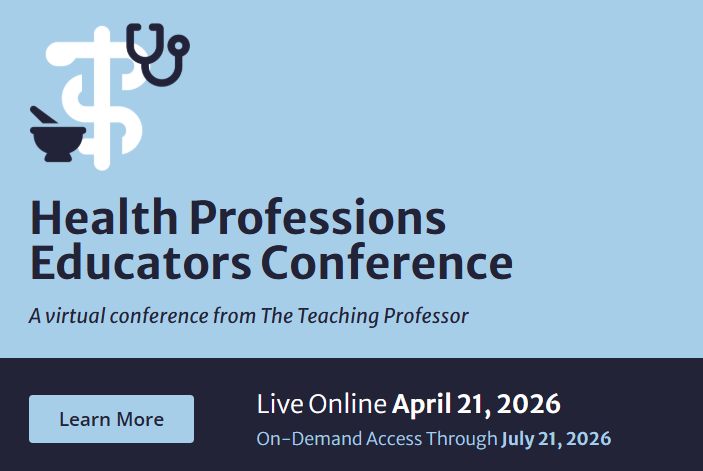“What do the readings have to do with class?” “Why do we even have to do the readings?”
After spending more than a decade supporting college faculty in teaching, I have heard students utter these statements numerous times. I often observe classes and conduct mid-course focus groups with students. It continues to surprise me that students regularly question how the readings connect to class. Certainly, instructors would not be assigning readings that had nothing to do with the course! Given how much we worry about students not doing the readings, why would we assign unrelated readings? Yet, frequently, in courses in different disciplines, I’ve heard this type of feedback from students, “We don’t understand the readings, they have nothing to do with what we talk about in class.”













